The Internet has been full of all the amazing updates coming to iOS 15 since the announcement at WWDC 2021. That has sent a lot of us on a FOMO trip. Oh, you were on it too, huh? Well, greetings, fellow passenger!
Apple aficionados were keenly waiting for the iOS 15 beta to drop ever since the company announced the iOS 15 developer beta build. And as soon as the public beta releases, people will be all over it. But chances are, you have already installed the iOS 15 dev beta – why else would you be here? Of course, you could also be doing due diligence before installing the beta OS to know how easy it will be to get rid of it, but for most users, it’s the first one, isn’t it?
The beta version is a work in progress, and beta testers are like Apple’s guinea pigs. They help Apple identify the bugs so that when the iOS releases for the public in the Fall, there are no major bugs in the iOS. So, most users try out the beta profile on a spare iPhone instead of their main one as they know it is full of potential risks. Even Apple advises backing up your iPhone before installing the beta profile. And it’s better if you treat it as a rule instead of advice.
So, if you downloaded the beta version on your iPhone in the heat of the moment, but now you don’t want to live with the little bugs anymore, you can totally go back to the previous version. But it isn’t always as simple as just deleting the iOS 15 beta profile.
Removing the Beta Profile
Well, removing a beta is really as simple as deleting the beta profile from your iPhone. To delete the beta profile, go to ‘General’ from the Settings of your iPhone.
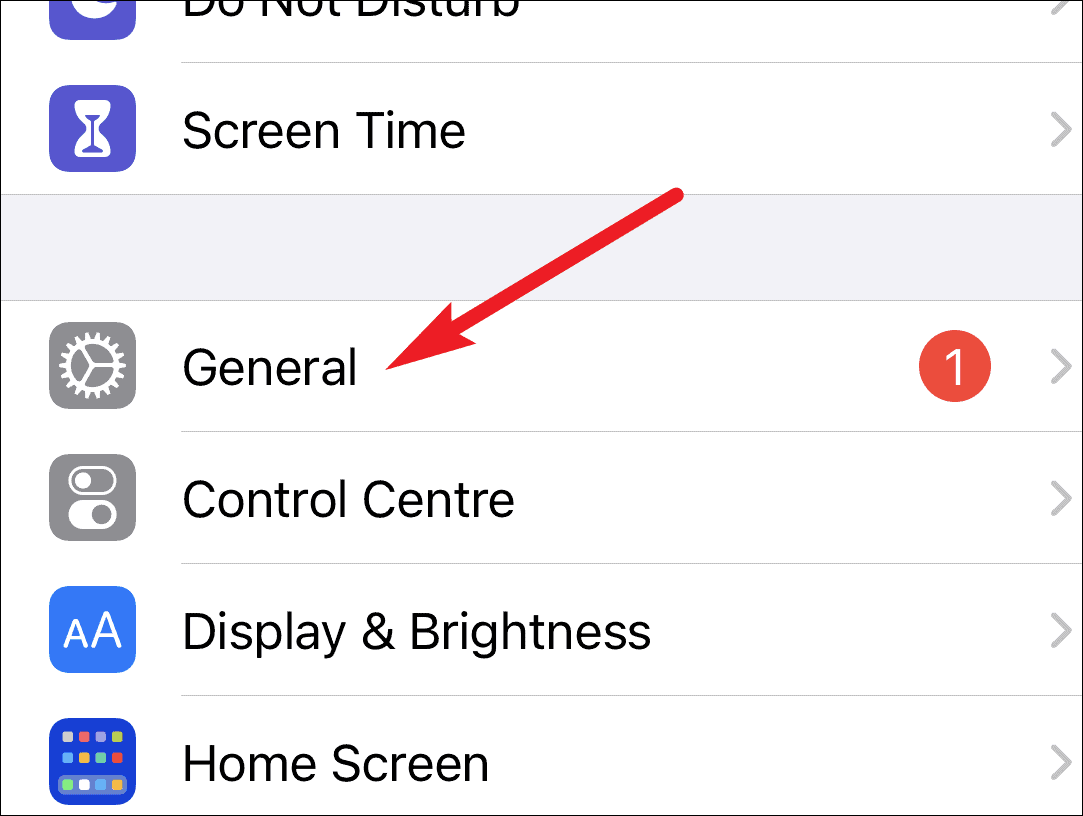
On the General settings page, scroll down and tap on the ‘VPN & Device Management’ option to view and access all configuration profiles installed on your iPhone.
Under the ‘Configuration Profiles’ section, you’ll see all downloaded profiles if there is more than one on your iPhone. Tap on the ‘iOS 15 Beta Software Profile’ option to continue.

Now finally, tap on the ‘Remove Profile’ option to delete the ios 15 beta profile from your iPhone. Then, restart your device.

But downgrading isn’t as simple. It requires you to restore your iPhone. If you don’t want to go through all those hoops, the better option would be to go forward instead of backward.
Once you remove the beta profile, any new versions of the beta software that come as updates won’t be installed on your iPhone. Now, all you have to do is wait for a new software update for the stable iOS to come in.
The stable iOS should be higher than the beta profile, so it’s important to not install the beta profiles. If you have the iOS 15 beta profile and delete it, you can easily download the iOS 15 stable version when it releases. But if you update the beta to iOS 15.1, you cannot download the stable version of iOS 15 as its version isn’t later than the beta version.
Once a new Software update comes in, go to the ‘General’ settings and tap on the ‘Software Update’ option, and install the latest stable iOS version on your iPhone. And ta-da! It’s done. You’re back to a non-beta version of iOS.
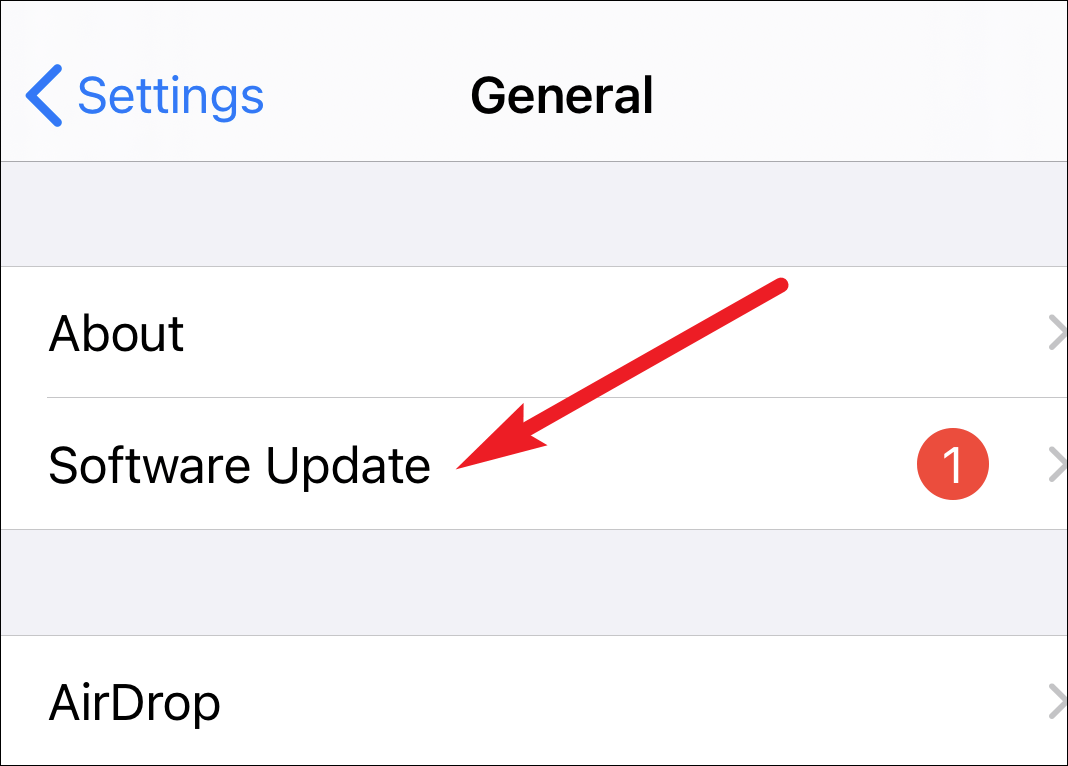
Downgrading your iOS Version
Now, if you’ve installed the iOS 15 Developer Beta on your iPhone and want to remove it immediately and go back to iOS 14 instead, you’re going to have to restore your iPhone. Because while the developer beta is in circulation, there’s no stable version later than the beta version available and it won’t be till Fall. That’s when the public version of iOS 15 will release.
Now, this is where the backup comes in. If you have a backup from before going to the beta version, you can restore your iPhone from that backup.
You could be thinking that you can create a backup right now and then restore your iPhone. That could be problematic as backups created while using beta software might not be compatible with older iOS versions. Although the word being used is might, it’s still a pretty big risk.
So, if you do have a backup from the older version of iOS, or you don’t mind starting from a blank slate, you can downgrade your iOS easily. Start by removing the beta profile from your iPhone.
Now, connect your iPhone to your Mac or Windows system and put your iPhone into recovery mode. Before that, make sure your system is running the latest version of iTunes or macOS.
To put your iPhone into recovery mode, follow these steps based on your phone model. Be sure to perform these steps while your phone is connected to your PC or Mac.
- For iPhone 8 or later: Press and release the Volume Up button quickly. Then quickly press and release the Volume Down button. Now, press and hold the Wake/ Sleep button until the phone goes into recovery mode. Even if the phone starts to restart, keep holding the button until you see the recovery-mode screen.
- For iPhone 7 and 7 Plus: Press and hold the Wake/ Sleep and Volume Down buttons at the same time. The phone will restart. Don’t let go of the buttons until it goes into recovery mode.
- For iPhone 6S and earlier: Press and hold the Wake/ Sleep and Home buttons. Keep holding them till you see the recovery-mode screen.
A message will appear on your iTunes saying that there is a problem with your iPhone. You’ll see the options for ‘Cancel’, ‘Restore’, or ‘Update’ on your computer screen. Click the ‘Restore’ button.
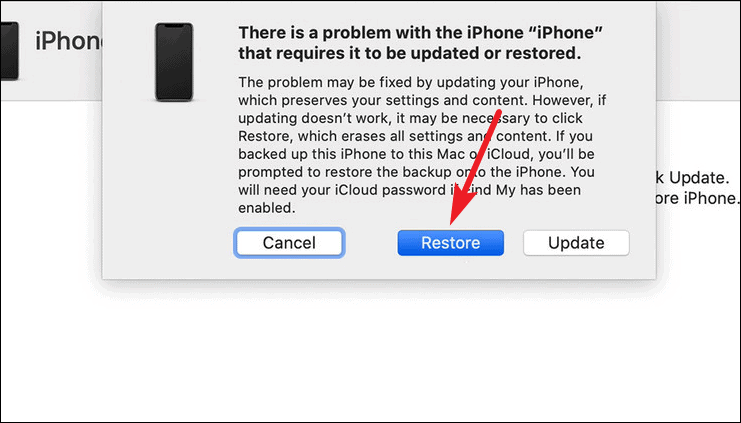
Restoring the device will install the current non-beta version of the iOS, in this case, the latest version of iOS 14. Once the download is finished, your iPhone will exit the recovery mode screen.
Then, set up your iPhone using the backup you created.
FOMO is a powerful vortex most of us get sucked into. But you don’t have to stick with any decisions you regret now. I know that sounds philosophical, but I mean it – especially if the decision was downloading the beta profile on your iPhone. Go ahead and get rid of it if that’s what you want.

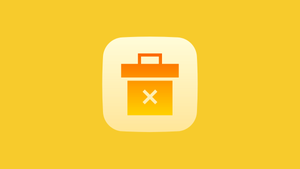



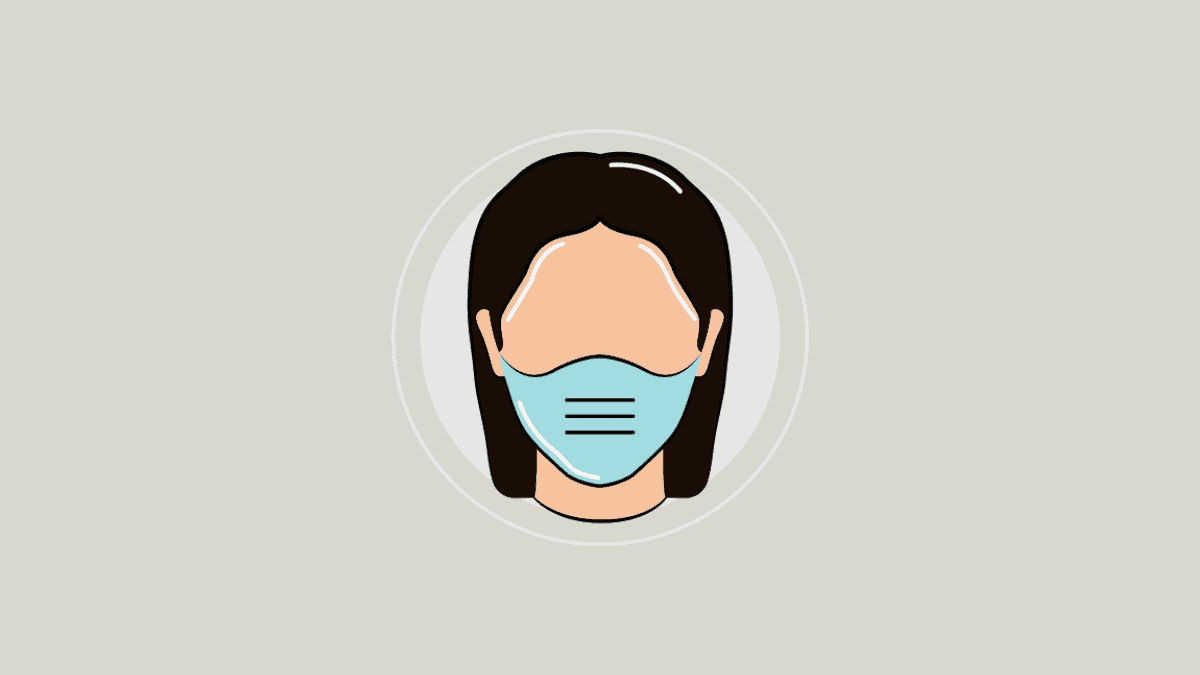



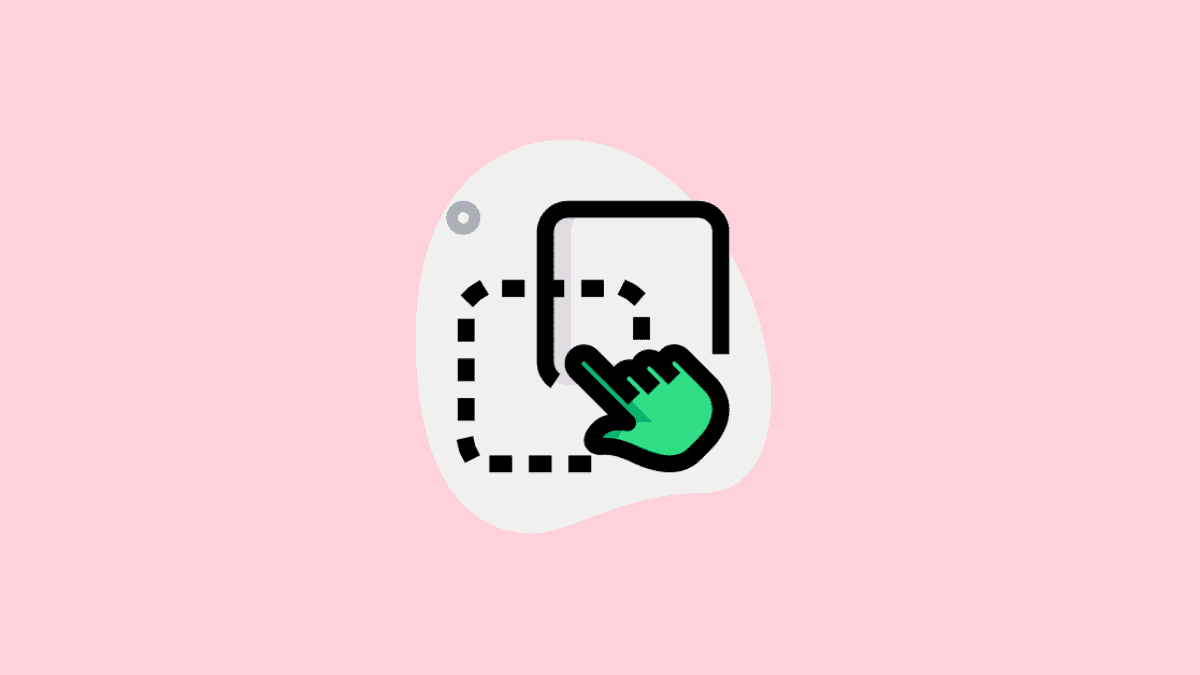
Member discussion